Join the Industrial IoT Revolution
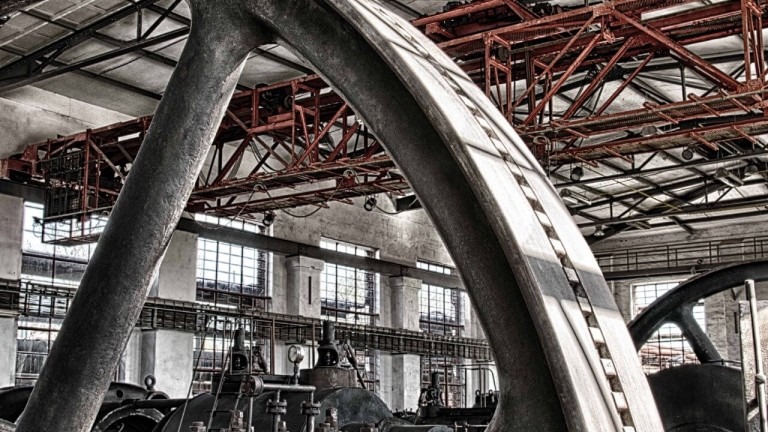
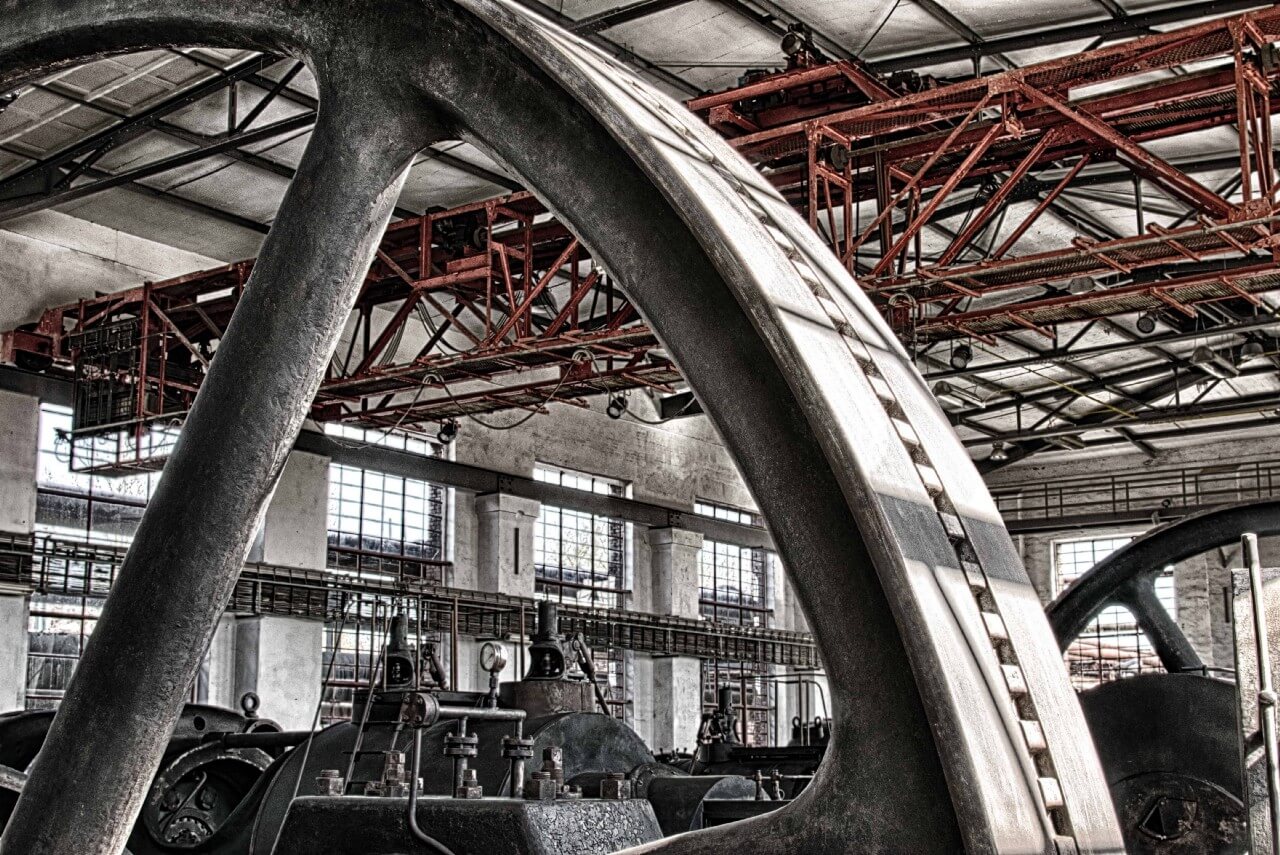
Fire up your industrial assets and get ready to join the Industrial IoT Revolution. Digital transformation is rippling through every industrial vertical, and dramatically changing how the world operates.
The leading practices and technologies that emerged from the Digital Revolution are now making their way into industrial operations. In a very real sense, we are beginning to monitor and manage heavy equipment in the field in the same way that we now manage servers in the data center. And the rewards are dramatic: industrial assets that we have tended to value for their physical capabilities are now beginning to wow us with their intelligence. And this is still just the early phase of what many are calling a Fourth Industrial Revolution.
The Four Industrial Revolutions
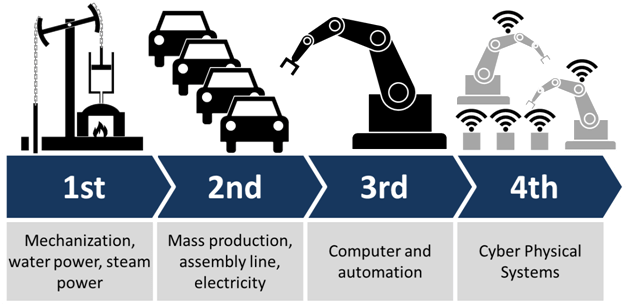
In the First Industrial Revolution (late 1700s) we moved from man-made goods to machine-made goods. Inventions such as Eli Whitney’s cotton gin and James Hargreaves’ spinning jenny were able to increase productivity by 50x or more, and transformed the nature of both labor and consumption.
In the Second Industrial Revolution (late 1800s), electricity brought factories and machines to life, enabling the mass production of goods. Most recently, we have experienced a Digital Revolution driven by microcomputers and software. Accounting and ERP systems automated our back-office processes and integrated our business systems.
As we head into the Fourth Industrial Revolution, we move from a computer on every desk, in every home, and in every pocket to a connected computer in every machine. Rapid advancements in sensors, connectivity, cloud computing, and AI are already bringing factories and machines to life in entirely new ways. And the impact of this revolution will be just as powerful as those that came before: Accenture estimates that Industrial IoT could add $14.2 trillion to the global economy by 2030.
What happens now?
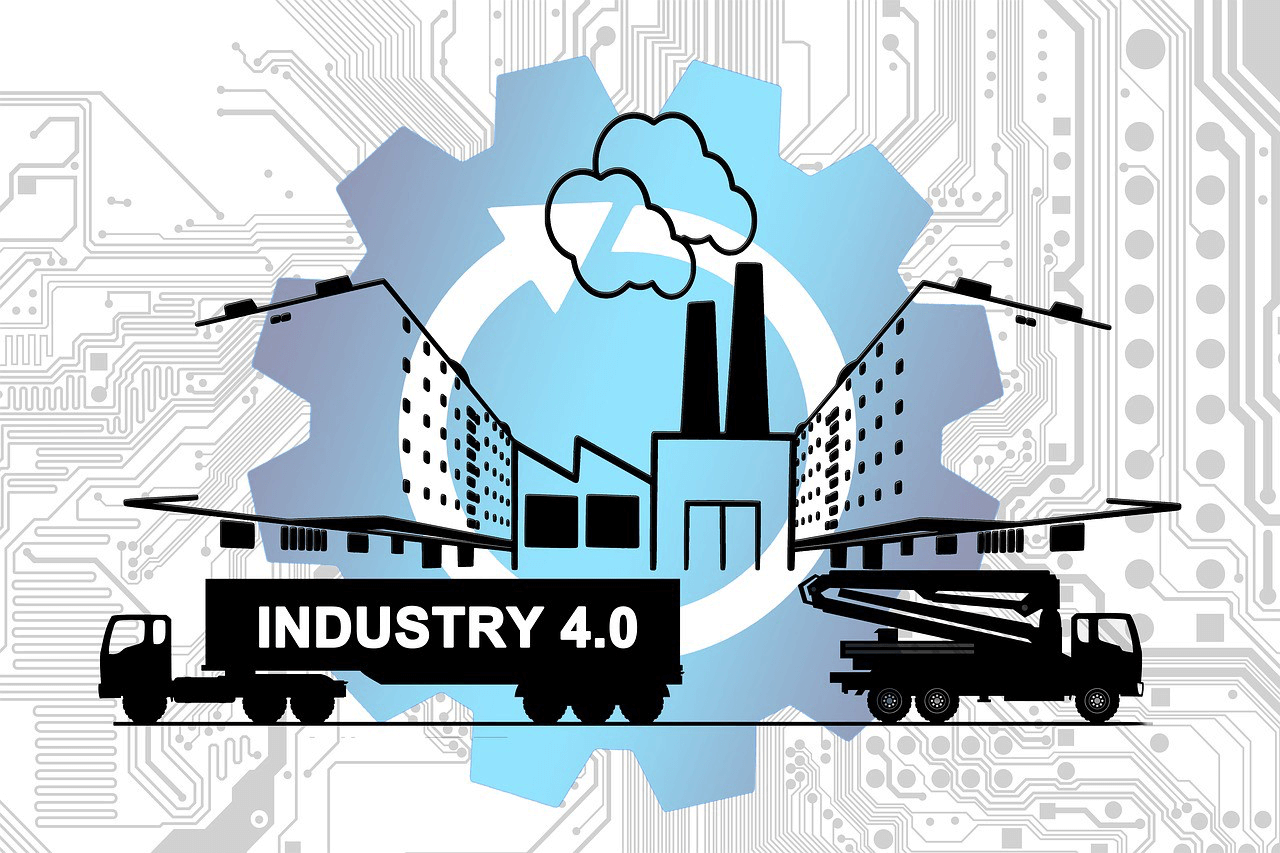
During this transitional period, every industrial asset on the planet will be transformed into a smart-connected asset. It sounds like science fiction, but it’s already happening today.
APIs into these assets will give us the ability to automate and orchestrate entire industrial ecosystems — factories, farms, mining operations, etc. Digital Twin technology will enable us to track the complete history of every physical asset, and predict its future with extraordinary accuracy.
Billions of lines of net-new software will be written to connect these assets, assess and analyze the incoming data, and push new machine learning and AI functionality back out to the field. Industrial IoT will completely transform the way that we manufacture, deploy, consume, and service our machines.
Taking the First Step: Using the IoT to Get Connected

The first step in positioning your products, portfolios and company for the Industrial IoT Revolution will be to simply get your industrial assets connected. At Xemelgo, we partner with SORACOM to enable Cellular connectivity for our industrial customers.
Cellular is extremely important for industrial environments, as many operations do not have Wi-Fi connectivity. And, even if industrial sites do have Wi-Fi it is often a challenge to get your assets connected to a customer’s corporate network. SORACOM’s global service and IoT SIM provide direct, secure cellular access to the cloud. SORACOM also provides robust APIs and management capabilities to monitor, manage, and analyze your assets and the data streaming off of them.
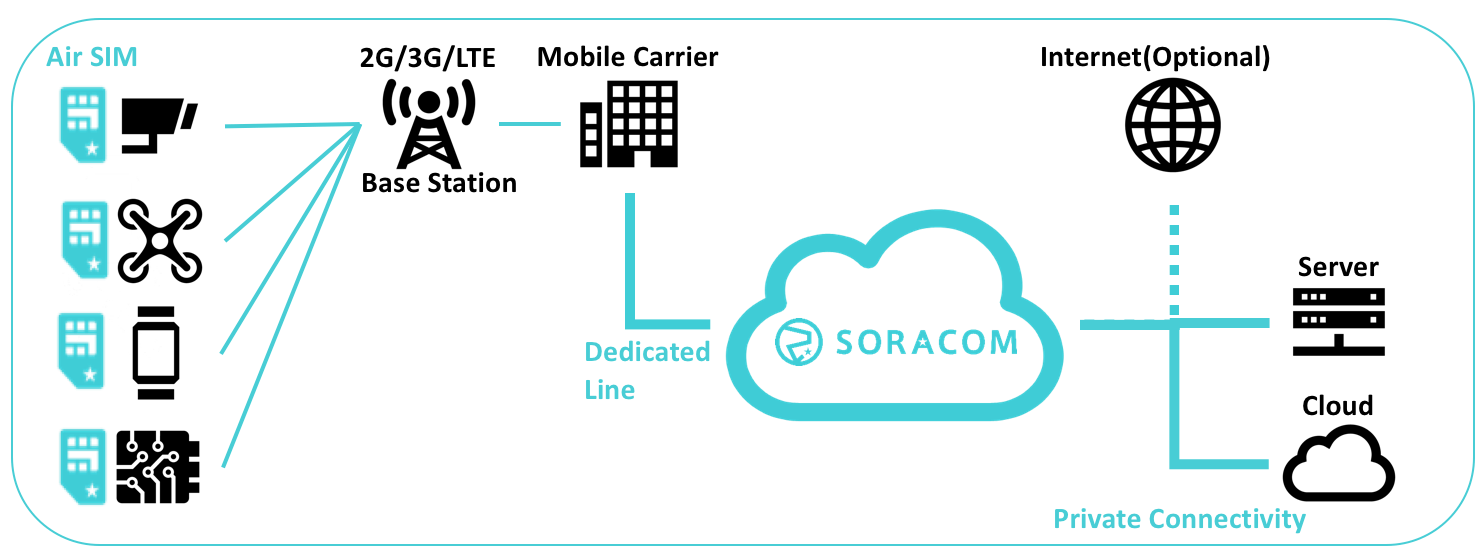
Architecture: Soracom Air data connectivity
Once your assets are connected they can begin to participate in high-value Industrial IoT use cases, such as Smart Manufacturing, Smart Connected Fleets, and Smart Aftermarket Services.
Participation in the Industrial IoT Revolution begins with a single step — getting your assets connected. In an upcoming series of Industrial IoT posts we will begin to drill deeper into the technology and use cases that will drive the industrial IoT Revolution forward.
Join us for a deep dive into what many believe to be the single largest business opportunity in the history of the world.




